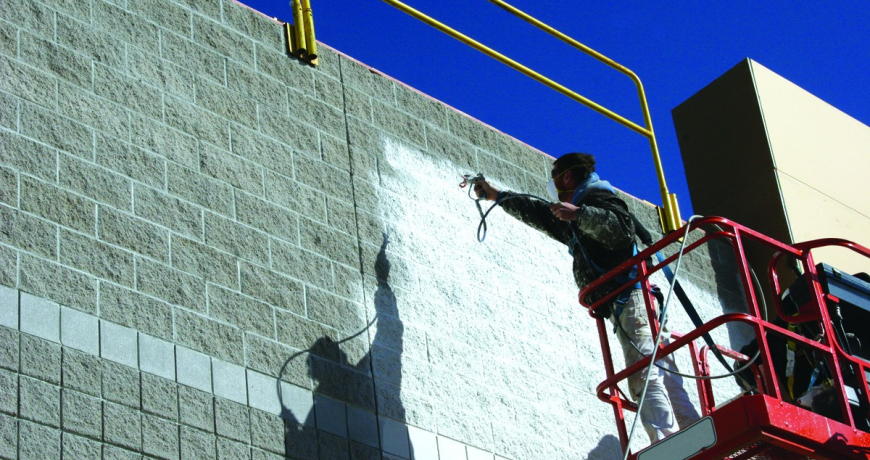Powder Coating is the application of organic powder by electrostatic attraction to metal. Once cured by heat the finish is a smooth, hard skin. All processes are factory applied under controlled, stable conditions. This provides significant benefits over traditional wet painting
Powder Coating
Powder coating is a type of coating that is applied as a free-flowing, dry powder. The main difference between a conventional liquid paint and a powder coating is that the powder coating does not require a solvent to keep the binder and filler parts in a liquid suspension form. The coating is typically applied electrostatically and is then cured under heat to allow it to flow and form a “skin”.
Top 5 Reasons to Powder Coat Your Products:

- Economics – The economic benefits of powder coating are numerous but the largest benefit has to do with efficiency and overspray. The average transfer efficiency of powder coating is 60-70% and any over spray is a solid and can be reclaimed and re-used netting virtually no wasted product. With liquid paint you have a transfer efficiency of 30-35%, roughly 50% of the product is evaporated and there is no possibility of reclaiming over spray. The base product for powder coating is also substantially cheaper than wet paint.
- Safety – Safely applying powder coating requires precautionary measures to avoid breathing in the powder and getting it on your skin. This is an easier task to manage since the product is a solid and inert (it doesn’t pose a health risk when not being sprayed). During application it is recommended to stay out of the application zone and to avoid getting it on your skin (because of the minimal overspray this is completely manageable). The product does not contain harmful chemicals such as solvents or volatile organic compounds (VOC) that are often found in wet paint.
- Environmental – There are many environmental advantages of powder coating as well. Since there are no solvents or VOCs there is no damage to the environment during application. The waste is also not hazardous and can be disposed in the landfill. Wet paint contains harmful chemicals that have been proven to deplete the ozone and produces hazardous waste that needs to be disposed of in an appropriate manner.
- Mechanical – Powder coating generally produces a coating twice as thick as standard paint. The real advantage is its flexibility and ability to bend and yield with the material it is applied to. This makes it ideal in the transportation industry where the products are subject to a lot of vibration and twisting as they move down the road. We have also found that they stand up way better to rock chips and other common road damage.
- Production Advantages – The main advantage from a production point of view is that when the powder coated product comes out of the oven it is completely cured within 20min and ready to be put to work. Standard liquid paints can take days to completely cure and depend on the atmospheric conditions. You can literally put a powder coated object to work while it is still too hot to touch and not have to worry about wrecking the paint. Also in terms of production efficiency, with less waste over spray and less risk for runs and other defects, powder coating has become less of an art and a necessary skill taught to production staff.
The advantages to having your product powder coated:
1. Powder coating will typically produce much thicker coatings than conventional liquid coatings without running or sagging.
2. Powder coated items generally have fewer appearance differences between horizontally coated surfaces and vertically coated surfaces than liquid coated items.
3. Finish is a smooth texture-free surface and last longer than conventional liquid coatings. (Source Wikipedia).


